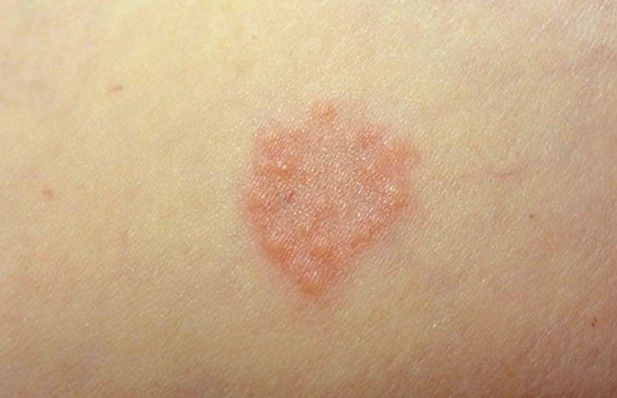Granuloma annulare is a chronic skin condition that causes raised reddish or skin-colored bumps in a ring pattern, usually on the hands and feet. It can easily be mistaken as skin tags, but there is a distinct difference between the two.
The condition is not contagious, but can easily be
What are the symptoms of Granuloma Annulare?
These depend of the type of this condition:
- The localized variant is the most common form. It occurs most commonly on the hands, feet, wrist and ankles of young adults.
- Skin colored bumps generally occur on the joints.
- The generalized variant is predominantly found in adults. The rashes involve a large area of the body including trunk and extremities. They are more likely to be itchy.
- The deep or subcutaneous variant is seen most often in children, appearing on the scalp, fingertips or shins. They form a lump below the skin which is rubbery to feel (instead of a rash).
- And finally the perforating variant which is very rare and usually localized on the dorsal of hands and fingers. They leave a scar on healing.
- While it is not clear what causes granuloma annulare, there a list of possible triggers
- Animal or insect bites
- Infections, such as hepatitis
- Tuberculin skin tests
- Vaccinations
- Sun exposure
- Minor skin injuries
- Some drugs
The condition is occasionally associated with diabetes or thyroid disease (particularly when lesions are numerous or widespread).
Treating the Lesions
The lesions usually disappear on their own within two years without treatment. However, very strong steroid creams or ointments are sometimes used to clear up the rash more quickly while injections of steroids directly into the rings may also be effective. Some health care providers may choose to freeze the bumps with liquid nitrogen.
Natural Treatment Suggestions
- Vitamin D is one suggestion. Increase your vitamin D levels to support your immune system and help combat GA.
- Vitamin E is another suggestion where you take a liquid vitamin E capsule, snip off one end and squeeze the liquid onto the rash. Massage it in gently and reapply daily.
- Make an avocado paste. Avocado is a rich source of vitamin E. Mash an avocado and mix with enough olive oil to make a paste. Apply it gently to the affected skin. Leave it on for 30 to 40 minutes, before rinsing clean. Repeat daily.
- Rub aloe Vera on the affected area. The aloe Vera plant contains a natural gel that has a soothing effect and can reduce the itch and pain that comes with GA by reaching deeper skin layers. The gel that comes from your local pharmacy can be used as well. Just slather it on the area generously and let it soak into your skin. Repeat as often as necessary.
- Try coconut oil which can be applied to the skin affected by GA or it can be taken orally. A typical oral dose of coconut oil is 1 tablespoon three times daily. Coconut oil has a host of excellent properties.
- Crush a clove of garlic and apply it to the affected area, keeping it on for thirty minutes before rinsing off. Apply once a day. This natural remedy works best on small areas of the skin.
- Try some of the Healing Natural Oil products, many people only know about the H-Skin Tags formula, but there is a range of other products for you to try. All natural and cruelty free.
If, after 4 weeks of using these treatments, there is no improvement in your condition, contact your medical practitioner to determine if more treatment is recommended.
